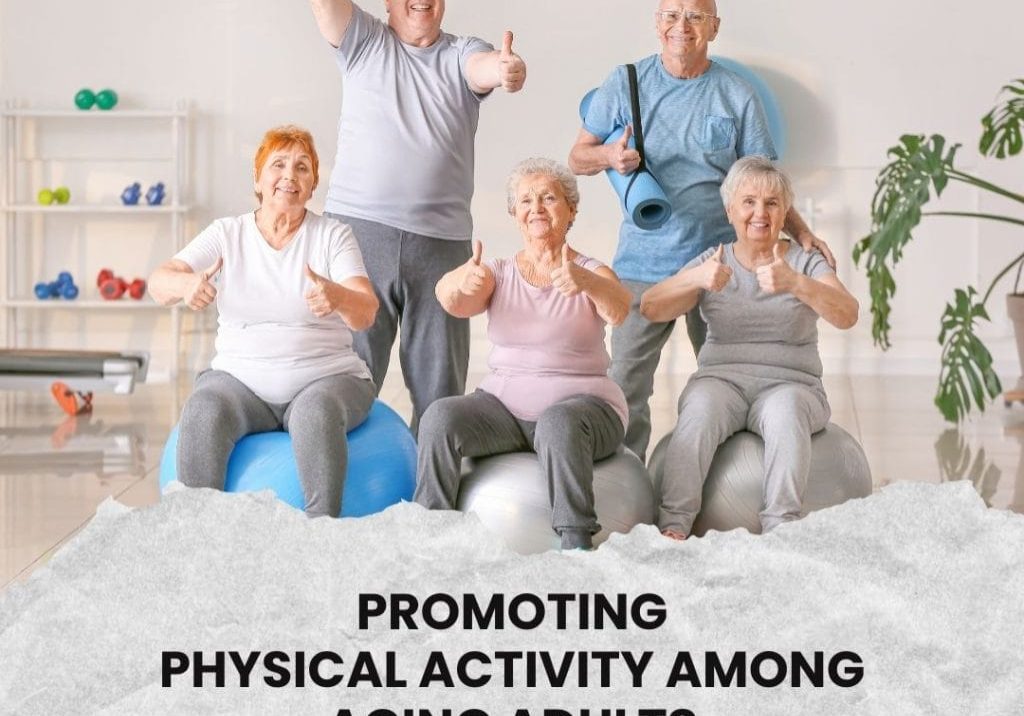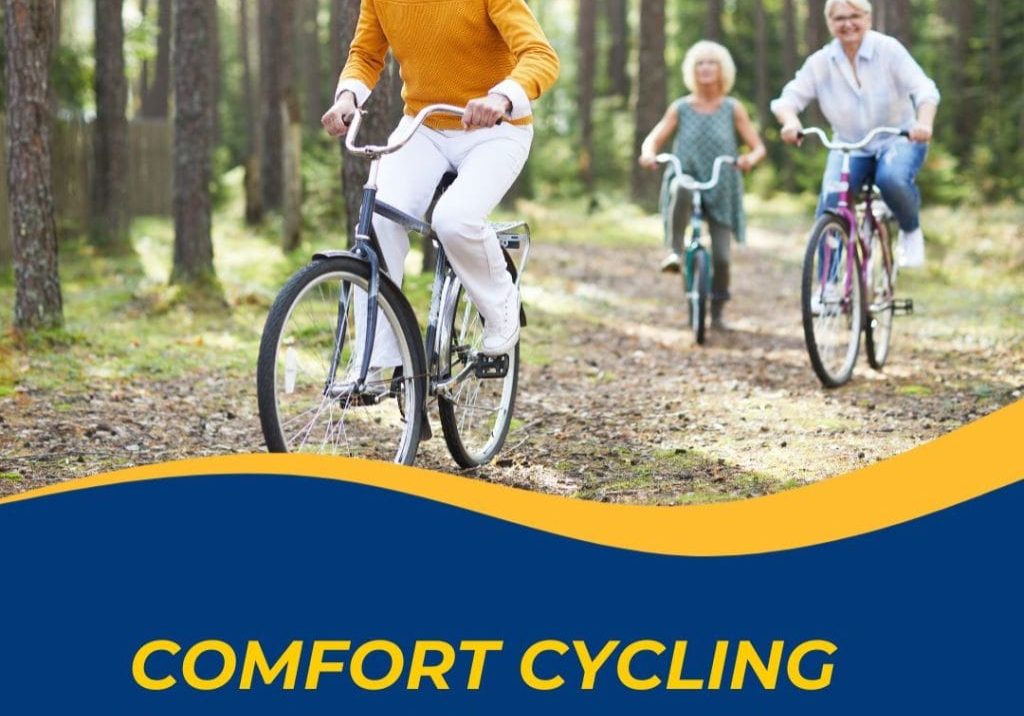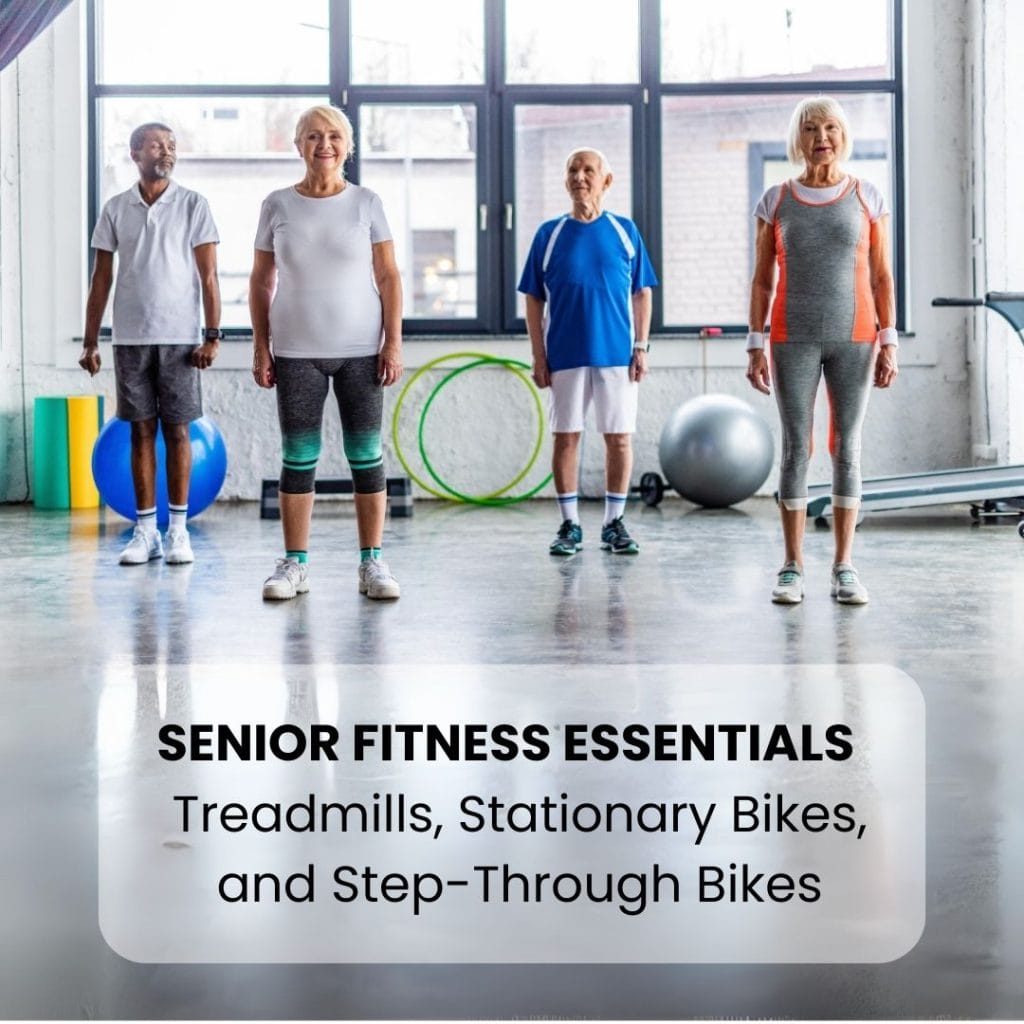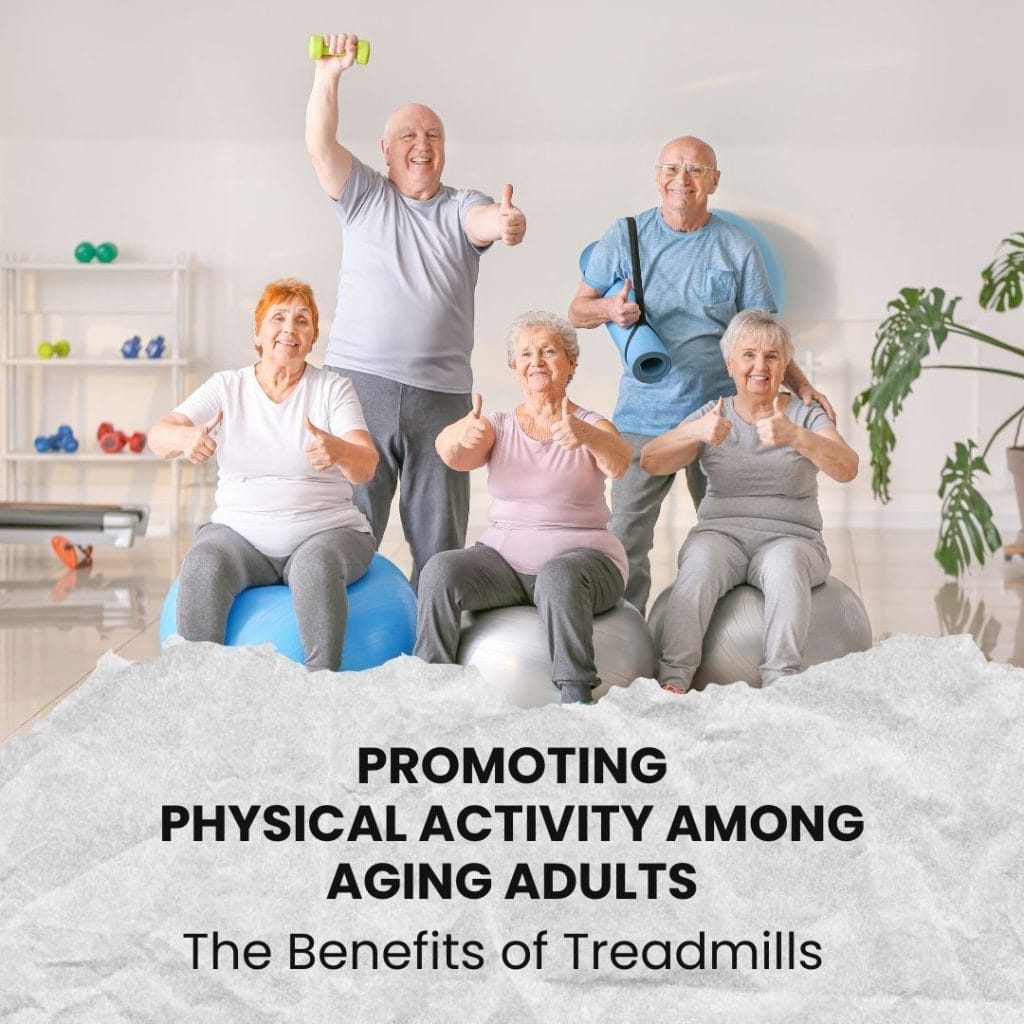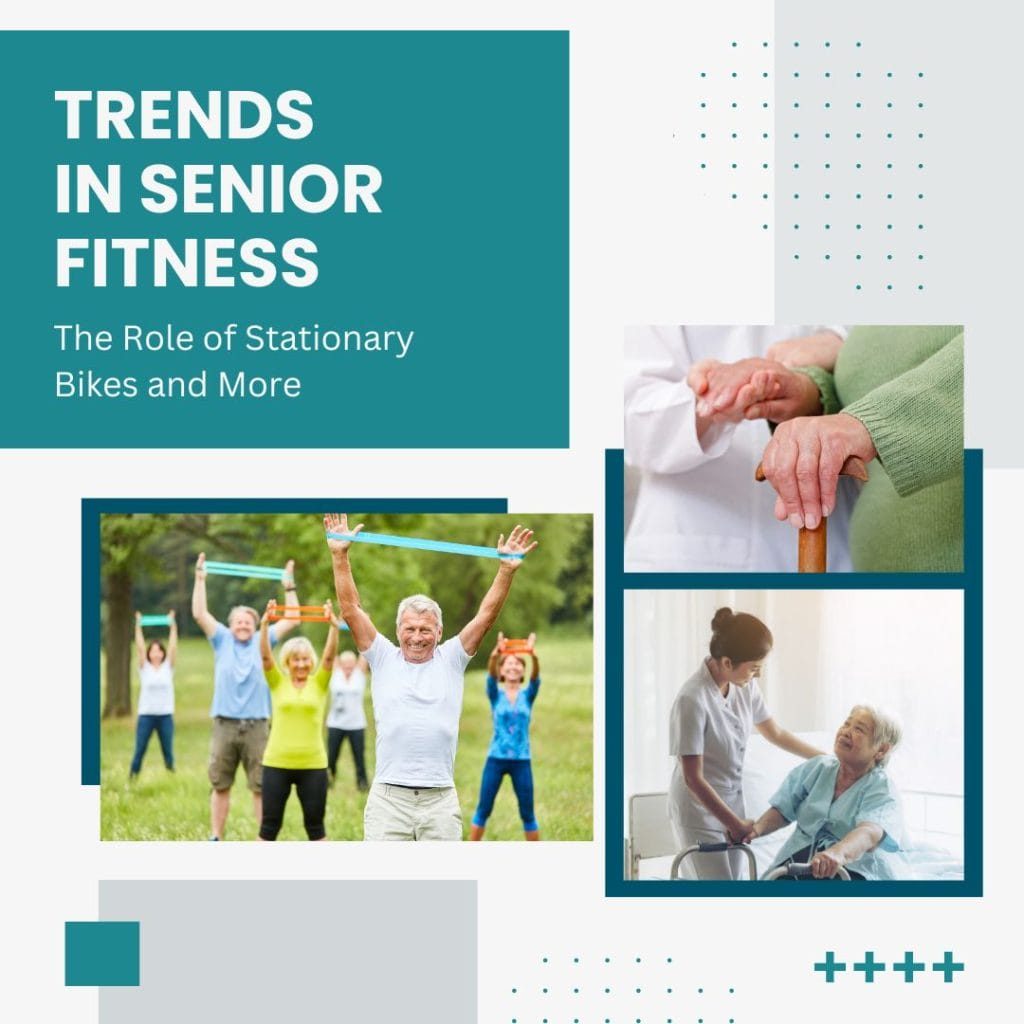As you age, exercise becomes increasingly important. However, if you’re dealing with arthritis or other age-related conditions that may impact your mobility, low-impact workouts offer a perfect solution to stay active. These exercises exert minimal strain on your joints, allowing you to protect your health while minimizing wear and tear. In summary, it’s a win-win situation with no pain involved.
What Is Low-Impact Exercise?
The impact level of an activity depends on the force exerted on your body. According to Emily Johnson, the founder of StrongerU Senior Fitness, low-impact exercises are those that do not strain your joints significantly. Unlike activities like running, jumping, or pounding, low-impact options such as walking, water aerobics, swimming, using an elliptical machine, cycling, yoga, and certain strength-training exercises are gentler on the body. However, it’s important to note that low-impact doesn’t necessarily mean easier or less intense.
“It’s a common misconception that low-impact exercise, especially for older adults, must be low in intensity. However, this is not true,” explains K. Aleisha Fetters, a certified strength and conditioning specialist (CSCS), personal trainer, and author of Fitness Hacks Over 50. “Low-impact exercise can be performed at any level of intensity.”
For instance, walking is considered a low-impact exercise regardless of your speed, but you can increase its intensity by picking up the pace or walking uphill. Strength training doesn’t involve pounding your joints or jumping, but it can still provide an intense workout if you lift heavier weights, increase repetitions, and minimize rest between sets.
Low-impact exercises are particularly beneficial for older adults as they reduce the risk of injury and minimize joint pressure while still offering numerous advantages.
5 Benefits of Low-Impact Exercises for Seniors
There are many good reasons to be active every day, especially for people in their 60s, 70s, 80s and beyond. And sticking with exercises that put minimal pressure on your joints can help you reap the biggest benefits. Here are some of the top reasons older adults should do low-impact exercises.
1. They Help Stave Off Age-Related Weight Gain
As we age, it becomes a bit easier for pounds to accumulate. However, regular exercise can help you burn more calories and maintain lean muscle mass, leading to a healthier body composition. According to Fetters, muscle naturally declines starting in our 30s and plays a significant role in determining our resting metabolic rate, which is the number of calories burned at rest each day.
The key is to stay active on a regular basis. The Physical Activity Guidelines for Americans recommend engaging in at least 150 minutes (2 1/2 hours) of moderate-intensity aerobic exercise per week, along with at least two sessions dedicated to strength training.
For older adults, the National Institute on Aging suggests aiming for being active at least three days a week. Opting for low-impact workouts can make it easier to stay active as they are less likely to cause soreness or injuries that may sideline you for days or weeks.
2. Low-Impact Exercises Allow You to Do More of What You Love
Staying in good physical condition makes it easier to engage in both necessary and enjoyable daily activities. Whether it’s playing with grandkids on the floor, going for hikes in nature, dancing, or effortlessly taking the stairs, exercise is the key. You don’t have to run a marathon to reap the benefits. Incorporating low-impact exercises like walking, functional strength training, and balance moves can make everyday tasks a breeze. Research published in the Journal of the American Geriatrics Society in February 2020 suggests that a daily walking program with strength and balance exercises can reduce disabilities in older adults who are relatively frail.
3. They Help Reduce the Risk of Falls
Incorporating low-impact exercises into your routine, such as lunges and planks, can enhance balance, coordination, and lower-body strength. These exercises can help prevent slips and trips, as weakening shin muscles may lead to shuffling and increased risk of tripping on rugs or uneven surfaces, according to Johnson. Research supports these findings, with a meta-analysis of 88 studies published in the British Journal of Sports Medicine in October 2016 revealing that regular balance exercises in older adults can significantly reduce the risk of falls. Programs including at least three hours of balance exercises per week resulted in a 39 percent decrease in fall occurrences.
4. Low-impact exercises Can Ease Aches and Pains
Low-impact exercises not only reduce the likelihood of triggering joint discomfort, but they can also provide relief from existing pain. This is particularly relevant for individuals with osteoarthritis, which commonly occurs around the age of 50, as stated by the Arthritis Foundation.
According to the Mayo Clinic, activities such as walking, cycling, swimming, and gentle strength exercises can combat stiffness and maintain joint flexibility. These exercises help strengthen muscles, providing support to the joints and minimizing stress on them.
5. They Keep Your Bones Strong
As we age, our bones become less sturdy due to sedentary lifestyles, lower levels of calcium and vitamin D, and hormonal changes, as stated by the American Council on Exercise (ACE). However, incorporating certain low-impact exercises into our routine can help counteract these effects.
According to a 14-year study involving 77,000 postmenopausal individuals, regular walking was found to be associated with a significantly reduced risk of hip fractures, as reported in a study published in JAMA Network Open in October 2019.
The key is to ensure that your low-impact activities involve weight-bearing, meaning they are performed on land against gravity. While walking is one of the best weight-bearing activities, aquatic exercises like swimming do not provide the same benefits. If aquatic exercise is your primary fitness regimen, make sure to spend at least two days a week exercising on land.
In addition, strength training using your body weight, resistance bands, machines, dumbbells, and kettlebells are effective ways to strengthen and condition your bones to bear more weight, as recommended by Harvard Health Publishing. It may seem counterintuitive, but according to Wolff’s law, applying stress to your bones actually stimulates bone cells to reconstruct themselves and become more resilient to strain.
Low-Impact Cardio Exercises for the Elderly: Beyond Stationary Bikes
According to the National Institute on Aging, older adults should strive for a combination of aerobic, strength, flexibility, and balance exercises. Fortunately, there are numerous low-impact options available that are suitable for both beginners and experienced exercisers.
Swimming
Swimming offers an excellent option for individuals seeking a cardio workout that doesn’t require standing or walking for extended periods. The buoyancy of the water alleviates pressure on bones and joints, reducing the risk of injury, particularly for older individuals. Additionally, swimming engages and stretches various muscle groups, such as the legs, arms, back, and shoulders, enhancing flexibility and endurance.
Light strength training
Strength training may seem daunting for some individuals, but incorporating light weight lifting can be an excellent low impact exercise for older adults. The key to successful and gentle weight training is to begin with gradual and small steps. Instead of using heavy dumbbells, consider using resistance bands. They offer similar benefits to heavier weights without putting excessive strain or pressure on joints. As with any new exercise, it is advisable to start with shorter intervals and fewer repetitions.
Water aerobics
Similar to swimming, water aerobics offers a low-impact cardio workout that is gentle on the joints. Combining cardiovascular exercises with strength training, water aerobics provides a comprehensive full-body workout. Whether you prefer to exercise alone or with a group, water aerobics can easily be performed. Exercising in water creates a gentle resistance that helps enhance strength and endurance without straining your joints. Most water aerobics activities are conducted in the shallow section of a pool, making it accessible for individuals of all swimming abilities to participate and enjoy a fantastic workout.
Yoga
Yoga may appear challenging for those requiring low impact exercises due to the bending, stretching, and contorting involved. However, it is an excellent form of exercise for older adults. Many yoga poses offer alternative positions to reduce strain on joints. Whether in a class or practicing alone, prioritizing what feels good for your body is crucial. Adapting poses to your individual needs yields better results than pushing yourself too hard to keep up with the instructor.
Elliptical exercises
If you’re looking to reduce strain on your knees and legs, consider incorporating elliptical exercises into your routine. Unlike a treadmill, ellipticals keep your leg and foot relatively stationary, reducing pressure on knee joints. Additionally, many elliptical machines encourage arm movement, elevating your heart rate and providing a more effective full-body cardio workout. Ellipticals are user-friendly and ideal for beginners on their fitness journey. If you’re interested in purchasing an elliptical or other exercise equipment, visit one of our stores in Ann Arbor or the surrounding cities throughout Michigan. Check out our store locations for more details.
Conclusion
While aging brings with it numerous challenges, maintaining an active lifestyle can help minimize the consequences of a sedentary life. As you age, your body becomes less resilient and more vulnerable to injuries, but incorporating low-impact exercises into your routine can help counteract these effects. Whether it’s walking, swimming, strength training, or yoga, there are plenty of options available for older adults seeking to stay fit and healthy. Remember to always listen to your body, start slowly, and work with a professional if necessary to ensure that you’re performing exercises safely and effectively. Stay active, stay healthy! Happy exercising!


